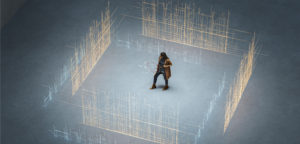
Alternate Reality Teaching
Nearly everyone has heard of virtual reality (VR) and augmented reality (AR), and while these terms tend to be used in different ways, all involve creating a digital world. In VR, the user enters a wholly digital world, as in Second Life or World of



